
Feature: Their Needs > Our Needs = A Formula for Church Planting
Story by Michele Joseph
When Juliana Marson received a call from a woman so depressed she was unable to leave her home, Marson did what she knew would work best—she prayed. Then she invited the woman to her two-week-old church plant, the New Jersey Conference’s Grace Place, in Lakewood.
Jacqueline Lewis didn’t come to church, but she arrived during fellowship dinner.
“I stopped what I was doing, ran and hugged her,” Marson says. But Lewis replied, “You can’t hug me. I’m ugly.”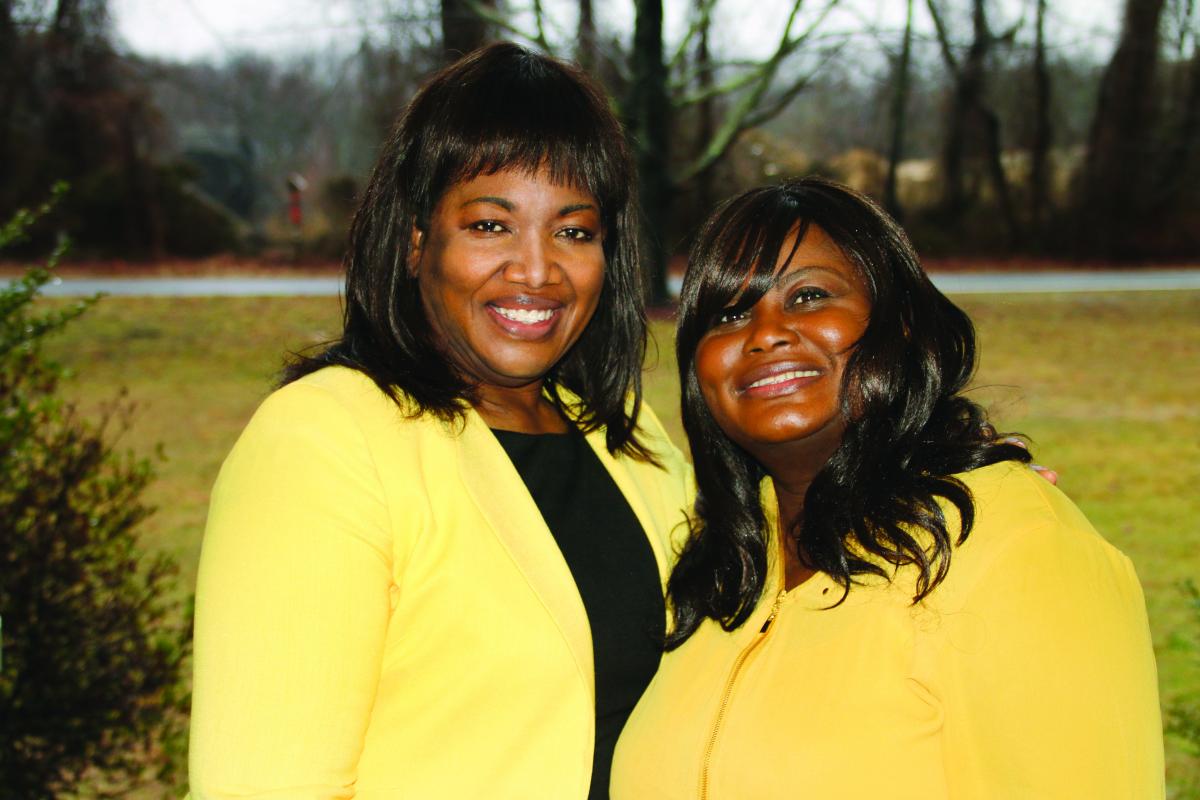
Marson (pictured left with Lewis), the church’s volunteer lay pastor, called all the members to the parking lot where everyone stood and prayed over Lewis. Soon after Lewis left the parking lot, she called Marson saying she felt different. The next Sabbath, Marson found Lewis waiting in Grace Place’s parking lot, and she has faithfully attended since. In July 2017, Lewis, transformed by the love received at the church plant, chose to be baptized. Her daughter and son now attend Grace Place, too.
Grace Place started with eight members, and, today, with the assistance from New Jersey Conference’s Collingwood church, 43 people regularly attend. Their main focus is meeting the needs of the community, including a babysitting service launched for single mothers.
This Lakewood plant is one of 51 funded church plants in the Columbia Union Conference, reports Carolina Ramos, administrative assistant for the Union’s Office of Ministries Development. While the total number of church plants in the union is unknown—not all church plants use the funding available through a partnership between the conference, union, North American Division (NAD) and General Conference (GC)—there have been 58 Hispanic church plants since 2016, says Rubén Ramos, the union’s vice president for Multilingual Ministries.
Fostering Renewal and Revival“We have found that new churches are the best thing for existing churches seeking to experience renewal and revival,” says Frank Bondurant, the union’s vice president for Ministries Development, referring to research provided by the NAD. “When a church births another church, it brings renewal and revival to the existing church.”
Pastor Fismed Omar, who leads a five-church Hispanic district in Maryland and Northern Virginia for the Potomac Conference, has seen this firrsthand. In January 2017, he and the church board asked about 30 members of the Gaithersburg (Md.) Spanish congregation to help start a new church plant in the Seneca Valley section of their city. That left the mother church with about 80 members. However, it sparked revival, and a year later, the mother church is now at full capacity each Sabbath with about 120 attendees. The new Seneca Valley church plant now has 55 attendees. Leaders at the mother church are now planning to plant another congregation, Omar reports.
The growth is fueled by small groups he calls “home churches.” Groups of eight to 10 members go door-to-door to meet neighbors and discover their needs. Then church members offer to help with translation services for court appearances and documents, set up counseling sessions with the pastor, provide baskets of food and more.
“We make them understand that this is what worked when Jesus was here—meeting the needs of the community,” says Omar. “That’s what the disciples did.”
Gaithersburg Spanish church members met Bartolo Gomez in 2016 when they knocked on his door. At the time, Gomez was unemployed and experiencing marital issues. Omar offered counseling and church members offered support and hope.
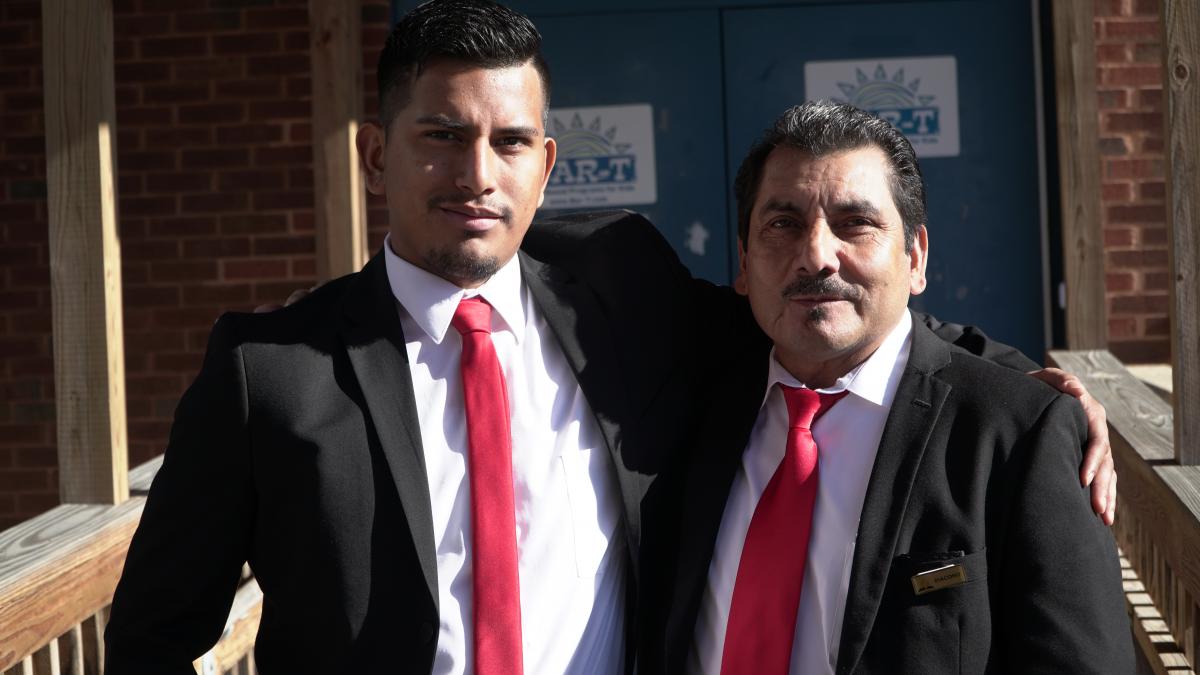 Later that year, Gomez (pictured right with Marcos) was baptized into the Gaithersburg Spanish church. Then in 2017, he became an active member of the Seneca Valley home church. Gomez asked the members to pray for his son Marcos, who was struggling with drug and alcohol use.
Later that year, Gomez (pictured right with Marcos) was baptized into the Gaithersburg Spanish church. Then in 2017, he became an active member of the Seneca Valley home church. Gomez asked the members to pray for his son Marcos, who was struggling with drug and alcohol use.
The members began to pray and visit Marcos. He began counseling sessions with Omar, attended the home church Bible studies and was baptized in December. Now, Marcos and his father attend the Seneca Valley church plant and lead another home church.
Meeting physical needs of individuals allows church members to then show people like Gomez that “God has answers for your problems. God wants to bless you,” Omar says. “We want to help them understand God is present all the time.”
The church also gives people who may feel alone, especially if their families are in other countries, an opportunity to have a spiritual family here, Omar says. “Someone they can trust.”
Designing a ChurchChurch plants also provide opportunities to reach people in a way that makes sense to their culture or subculture, whether hipsters or millennials or residents of a geographic area, says Peter Casillas, former associate director for pastoral ministries in evange- lism, church planting and volunteer lay pastors for the Potomac Conference.
“The beauty of church planting is that you get to design a church not by what we need, but by what the community needs,” he notes. This means understanding the community—what people do, their worldview, things they enjoy, population demographics and more, he adds. The church planters then tailor their approach and methodologies to the community, not reducing or changing the truth, but sharing it in a way that resonates or speaks to them.
Bringing Church to the PeopleAllegheny East Conference’s Pastor Seungho Park (Pictured with Susie Ra and Myungja Kim) spent four months surveying the needs of residents from New Castle County, Delaware before realizing there were no community services for the Korean population within its ve main cities. Using his expe- rience with the Seventh-day Adventist Language Institute in South Korea, he created a community center in Newark City, Del., that offered classes in conversational English, citizenship preparation, computers and even guitar. Members also provided health screenings and cooking classes. This opened the door to Bible studies in English and Sabbath worship services.
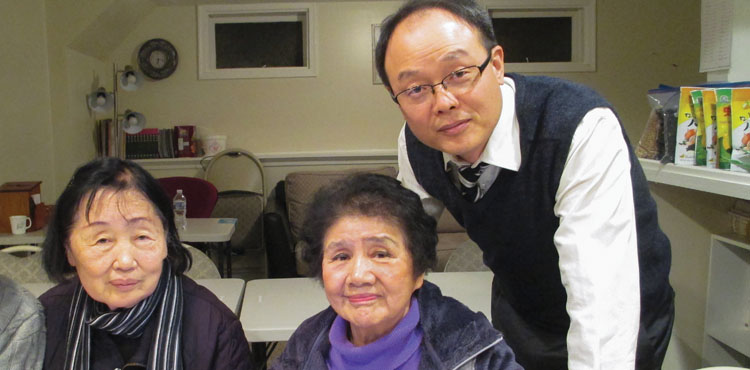
If he had not considered a community-based approach, it would have been dif cult to connect with Korean people in the area because of prejudices against Adventists, says Park. “In this atmosphere, if I tried to evangelize them with direct evangelistic methods, my work would have soon ended,” he says.
Members of Allegheny West Conference’s La Esperanza church plant in Cincinnati decided to mow lawns, help with house maintenance, paint and clean streets to reach neighbors in the Price Hill community. The acts of service and opportunities for involvement have helped to grow the church that is 95 percent Guatemalan.
“It all started with the vision of the members living in the area,” says Pastor Horacio Quiroga. “They needed a church among their neighbors and families. ... They were thinking more [about] bringing the church to the people, not the people to the church.”
Involvement is high as the members “do everything. I’m there to challenge them, do some training and to help them achieve their dreams and goals as a church,” Quiroga says. “We involve everybody, before and after they become members. ... Our vision is: If you feel the need to do something for someone like Jesus did ... come and join us. We’ll find a spot where you can serve.”
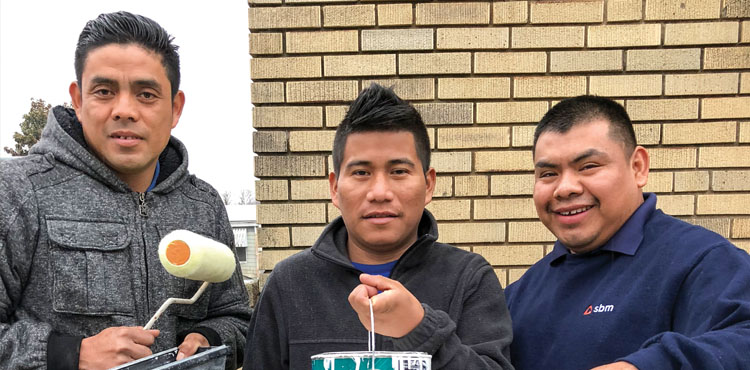
Isaias Bernardo, Mainor Perez, Zacarías Lorenzo, members of Allegheny West Conference’s La Esperanza church in Cincinnati, are part of a community that regularly serves the neighborhood where they reside.
Photos courtesy Jorge Pillco, Leander Tomazeli, Seungho Park Horacio Quiroga
___________________________________________________________________________________
Read and share these stories from the 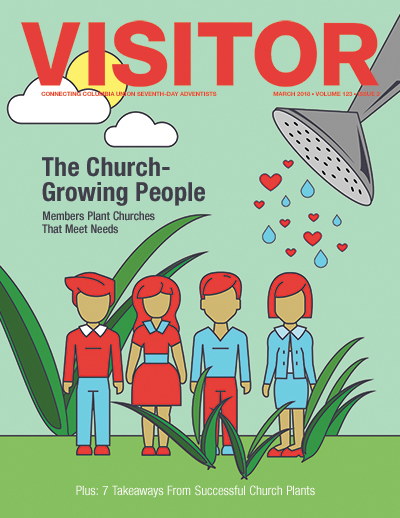 March 2018 Visitor:
March 2018 Visitor:
- Feature: Their Needs > Our Needs = A Formula for Church Planting
- Editorial: About our Father's Business
- 7 Takeaways from Successful Church Plants
- Why Every Church Needs to Get Pregnant ... And Multiply
- Video: In God's Time
- Book Release: From Welfare to Warfare
- Book Release: Your Rejection, God's Protection

Add new comment